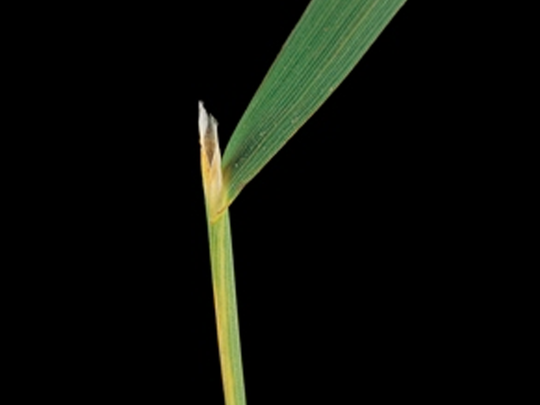A perennial, rhizomatous grass which also produces stolons, although these tend to be weak. Reaching a height of approx. 100 cm, the species is also known as “giant bent” and is closely related to creeping bent (Agrostis stolonifera), which is considerably shorter and more finely structured. It grows on damp to wet, nutrient-rich grassland, as well as ditches, water margins and flood channels. It thrives in cool, damp locations and so is also widespread in upland areas. Less tolerant of dry or poorly aerated soils. The yield and feed value (7) of common bent grass are high. It may occur in single-species stands in areas that are less suitable for other types of grasses. Attractive to grazing livestock. The runners helped to produce a strong sward. In seed mixes it needs 2–3 years to reach maturity due to slow development.

